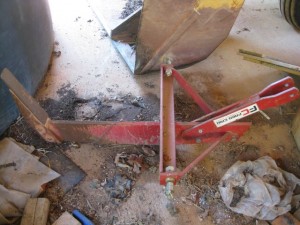
When I first began using my tractor I did not appreciate the importance of shear bolts or patience.
I have a Case 585 tractor, which was built in the late eighties and has a 60hp 4 cylinder diesel engine. I needed to dig a small rain catchment ditch along the gravel driveway to catch rainwater as it streamed down the hill. Georgia clay in summer is difficult to work, even with a pickaxe. I decided to facilitate the job with a subsoiler (sometimes also called a chisel plow) attached to the rear of the tractor. Problem was I went too fast and too deep and I heard a wrangled snap. The flanges of the subsoiler which attached to the tractor were twisted. My sledgehammer made no impression on straightening the metal so, reluctantly, I took the subsoiler to the local tractor dealer (where I had purchased it), and within a few minutes all was straightened out (for no charge and probably with the help of a machine press) and I more cautiously completed the job at hand. The point about this incident is that the subsoiler should not have been damaged, the shear bolt should have snapped first.
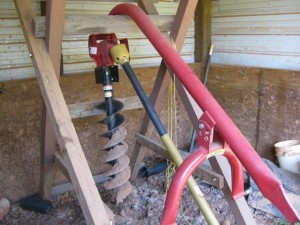
The shear bolt is the safety mechanism, like the safety valve on a pressure cooker, which releases the pressure before any real damage is done. I have a Bush Hog auger which I regularly use for drilling holes for posts (9″ auger) or tree plantings (19″ auger). When the cutting edge hits a large rock the sudden impact causes the shear bolt to snap. This is cheaper to replace than fixing a stripped gear box or damaged drive line. The shear bolts for this auger are tapered (one hole in the yoke is 3/8 and the opposing hole is slightly narrower) which presented a problem a few weeks ago, when I needed a replacement shear bolt and my usual source, the local tractor dealer just a 4 mile drive, had gone out of business. The next closest dealer is about 30 miles away and instead of making the drive, I wandered fruitlessly around the local and big box hardware stores as well as an autoparts store looking for tapered 3/8 bolts which would fit the yoke. My solution was to purchase a 3/8 drill bit intended for hard steel and I drilled out the hole in the yoke so that it could accommodate a 3/8 bolt. Having sidestepped an intended safety feature, this got me wondering whether I could be facing a bigger repair bill than a shear bolt further down the road, when I hit the next big rock.
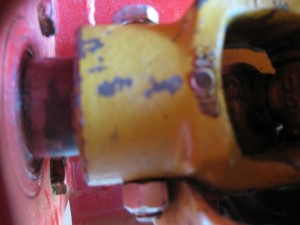
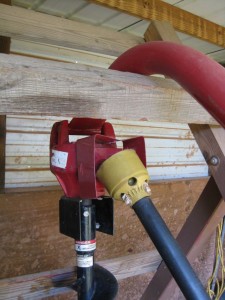
I have read the online manuals for the various implements I use and although they refer to shear bolts or shear pins, they don’t specify the grade you should use. Perhaps the intention is you should buy your shear bolts from the dealer instead of from a cheaper source. Anyhow, the word on the online blogs is to use grade 2 or grade 5. The higher the grade the tougher the bolt. I suppose start off with grade 2 and, if it keeps snapping when the equipment is used prudently, then migrate to grade 5. You can tell the grade of the bolt from the markings on the head of the bolt. No markings indicate grade 2 and 3 radial lines indicates grade 5. I shall apply this advice next time I use the auger or my Wallenstein chipper. My Bush Hog rotary mower has not had a shear bolt snap and this may be because it has a slip clutch which cushions the gearbox and driveline from sudden impacts.
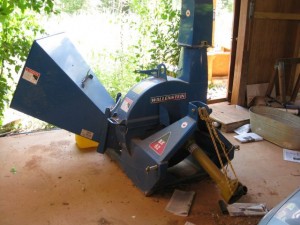


I have been using a Case 585 tractor, which was built in the late eighties and have a 60hp 4 cylinder diesel engine.It improve me a lot.But now I suppose to start off with grade 2 and, if it keeps snapping when the equipment is used prudently, then migrate to grade 5. Both are very nice.